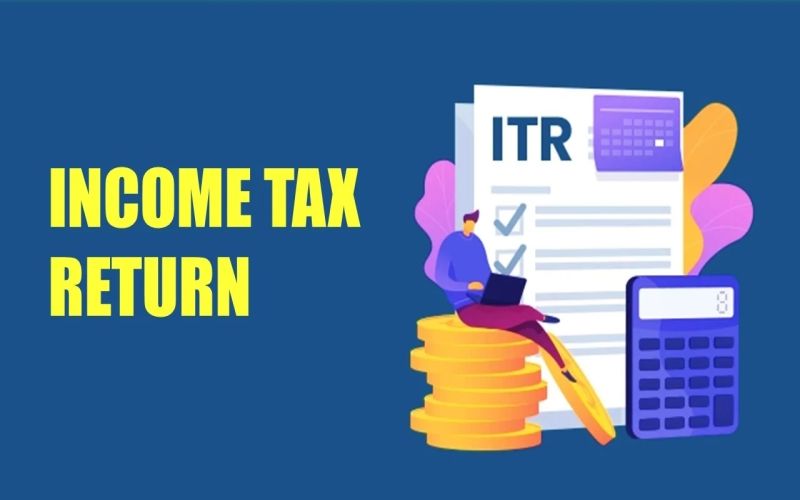
1. Filing Deadline: The deadline for filing a belated ITR for the financial year 2022-23 (assessment year 2023-24) is extended until December 31, 2023. This extension allows individuals who missed the initial deadline to rectify the situation and fulfill their tax obligations.
2. Late Fee Penalty: When filing a belated ITR, it's important to note that a penalty is imposed as per Section 234F of the Income Tax Act, 1961. This penalty varies based on your total income.
- If your total income exceeds Rs 5 lakh, a late fee of Rs 5,000 will be applicable.
- If your total taxable income is Rs 5 lakh or less, the late fee will be Rs 1,000.
According to Chartered Accountant Aastha Gupta, a Partner at S.K. Gulati & Associates, a CA firm based in Delhi, these penalties are applied to encourage timely tax filing and adherence to deadlines.
Step-by-Step Guide to Filing Belated ITR for FY 2022-23 (AY 2023-24):
For those who find themselves in the situation of needing to file a belated ITR, here's a step-by-step guide to help you through the process.
Step 1: Visit the ITR e-filing portal at https://www.incometax.gov.in/iec/foportal/.
Step 2: Log in using your user ID (PAN or Aadhaar) and password.
Step 3: Once logged in, navigate to 'e-file,' then 'income tax returns,' and click on 'file income tax return.'
Step 4: Select the assessment year (AY 2023-24) and choose your preferred mode of filing (online or offline). We'll guide you through the online method here. For the offline method, you'll need to download the utility (Excel or JSON) from the e-filing portal, fill in the details, and upload the file back onto the portal. Choose the type of ITR – in this case, 139(4) Belated ITR, and click 'Continue.'
Step 5: On the next page, select 'Start New filing.' If you have a saved ITR draft, it will also be displayed here.
Step 6: Indicate your status as an 'Individual' and proceed.
Step 7: Select the applicable ITR form for your income. For reference, we'll use 'ITR-1.' A new page will provide guidance on who can use this form and what documents you need. Click 'Let's get started.'
Step 8: Choose the reason for filing the ITR. In our reference, we've chosen 'Taxable income more than exemption limit.'
Step 9: You'll find pre-filled data on your personal information, gross total income, taxes paid, and total tax liability.
Step 10: Review your personal details, ensuring that 'Filing Section – 139(4)' is selected.
Step 11: Fill in the details of your gross taxable income. Most details are pre-filled in the online method, but make sure nothing is missing.
Once your income details are entered, claim eligible deductions like those under sections 80C, 80D, 80TTA, etc. Note that these deductions are available only if you opt for the old tax regime.
The portal will calculate your tax liability based on total income and deductions. It will consider already-deposited taxes. The calculation will show if additional tax is payable, a refund is due, or the payable tax matches the deposited amount. For additional tax, payment can be made before the final submission. Remember, the penalty mentioned earlier applies if you're filing a belated ITR.
Step 12: After making the tax payment, return to the ITR filing page. Click on the 'tax paid' column, then 'Advance and Self-Assessment' tax payment. Enter tax challan details and confirm.
Once the tax challan details are added, click 'proceed.'
Confirm all information, click 'preview return,' and a new page will confirm your successful validation. Verify the submitted ITR within 30 days of filing. There are six ways to verify your income tax return.
Filing a belated ITR might involve a penalty, but the process is straightforward and achievable. Follow these steps to fulfill your tax obligations and stay on the right side of the law.
Please note that tax laws and regulations may change over time, so it's advisable to consult a tax professional or the relevant authorities for the most up-to-date information.
Subscribe our monthly newsletter to know more about offers and new tips we share on how to manage your finance.















